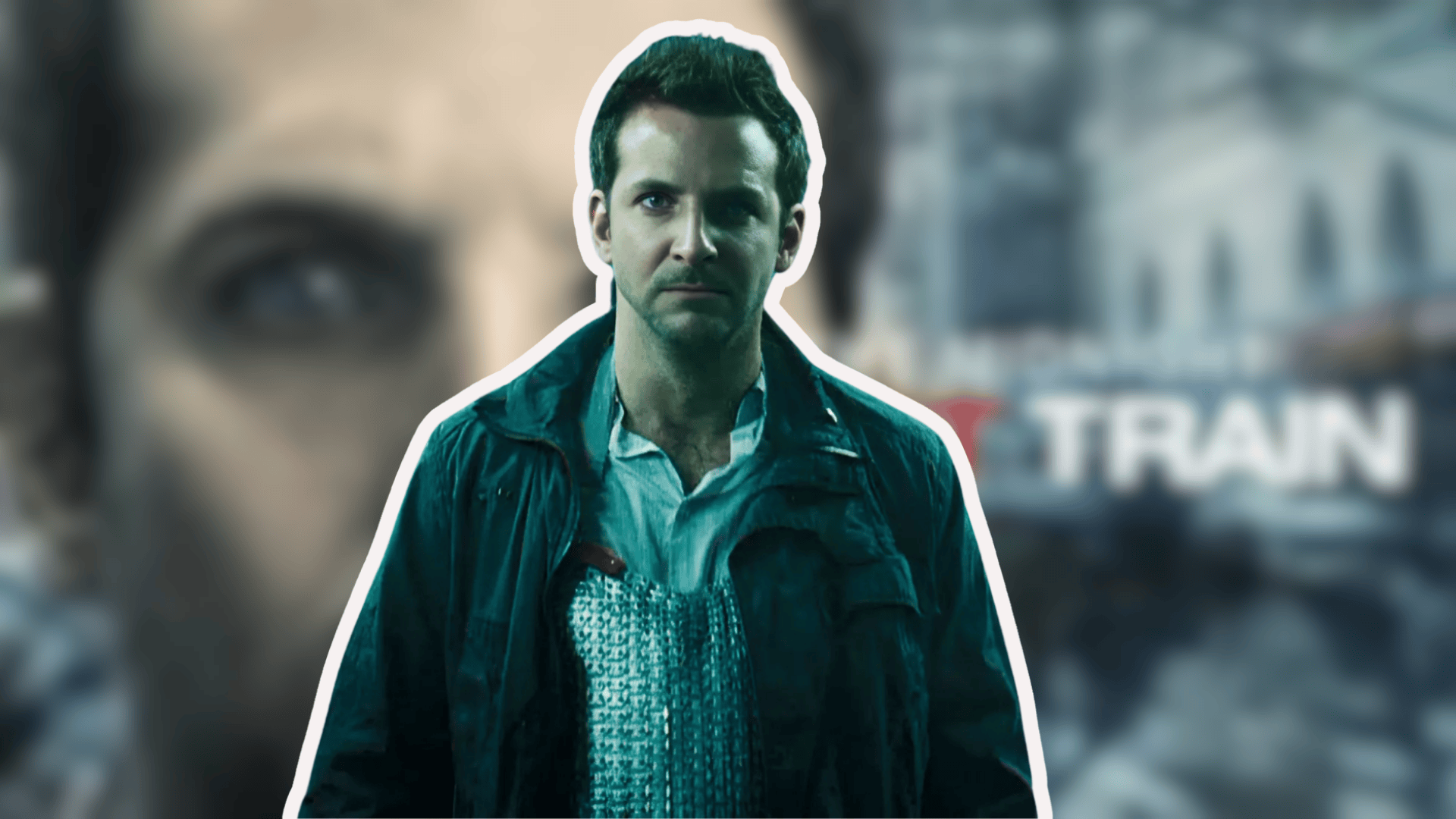Think you know subway horror?
Think again.
This blood-soaked Clive Barker adaptation delivers the genuine terror that mainstream films won’t touch.
Bradley Cooper’s photographer hunts a silent butcher (Vinnie Jones) systematically slaughtering subway passengers with chilling precision.
What starts as a serial killer chase becomes something far more cosmic and disturbing.
Director Kitamura turns brutal violence into haunting visual poetry, creating a cult masterpiece that studio interference couldn’t destroy.
This overlooked gem hits you with both visceral shocks and existential dread.
Only the brave need apply.
Ready to take the most terrifying subway ride of your life?
Why You Need to Watch “The Midnight Meat Train” Right Now
The midnight subway hides a terrifying secret that will redefine your understanding of horror.
Clive Barker’s brutal tale transitions from a straightforward slasher narrative to an unexpected Lovecraftian element.
Before fame, Bradley Cooper joins Vinnie Jones in this cult classic.
The film highlights director Ryuhei Kitamura’s visual flair and bold gore approach.
Horror fans mourning ’80s visceral filmmaking will find this 2008 gem essential.
It delivers genuine, unsettling horror with cosmic depths.
Film Overview and Plot Summary
Released amid distribution controversy in 2008, this Clive Barker adaptation marks Japanese director Kitamura’s American debut.
The film blends slasher elements with Lovecraftian horror, featuring extreme violence and stunning visuals that gained a cult status.
Here’s an overview of the film:
| FILM ELEMENTS | DETAILS |
|---|---|
| Release Date | August 1, 2008 |
| Director | Ryuhei Kitamura |
| Runtime | 100 minutes |
| Rating | R |
| Based On | Clive Barker’s 1984 short story from “Books of Blood” |
| Distributor | Lionsgate (limited release) |
| Main Cast | Bradley Cooper, Leslie Bibb, Vinnie Jones, Brooke Shields |
Leon Kaufman (Bradley Cooper) is a photographer pursuing dark subject matter who becomes obsessed with capturing New York City’s gritty essence.
After a gallery owner pushes him to take risks, Leon discovers Mahogany, a butcher, possibly responsible for the disappearances.
Leon’s investigation quickly turns into a dark obsession, straining his relationship with his girlfriend Maya.
He follows Mahogany onto the last subway train of the night, witnessing him killing passengers and hanging their bodies on meat hooks.
What Leon finds beneath the city is more terrifying than a serial killer; it’s a hidden world and purpose linked to forces beyond human comprehension.
Performance and Cast Analysis
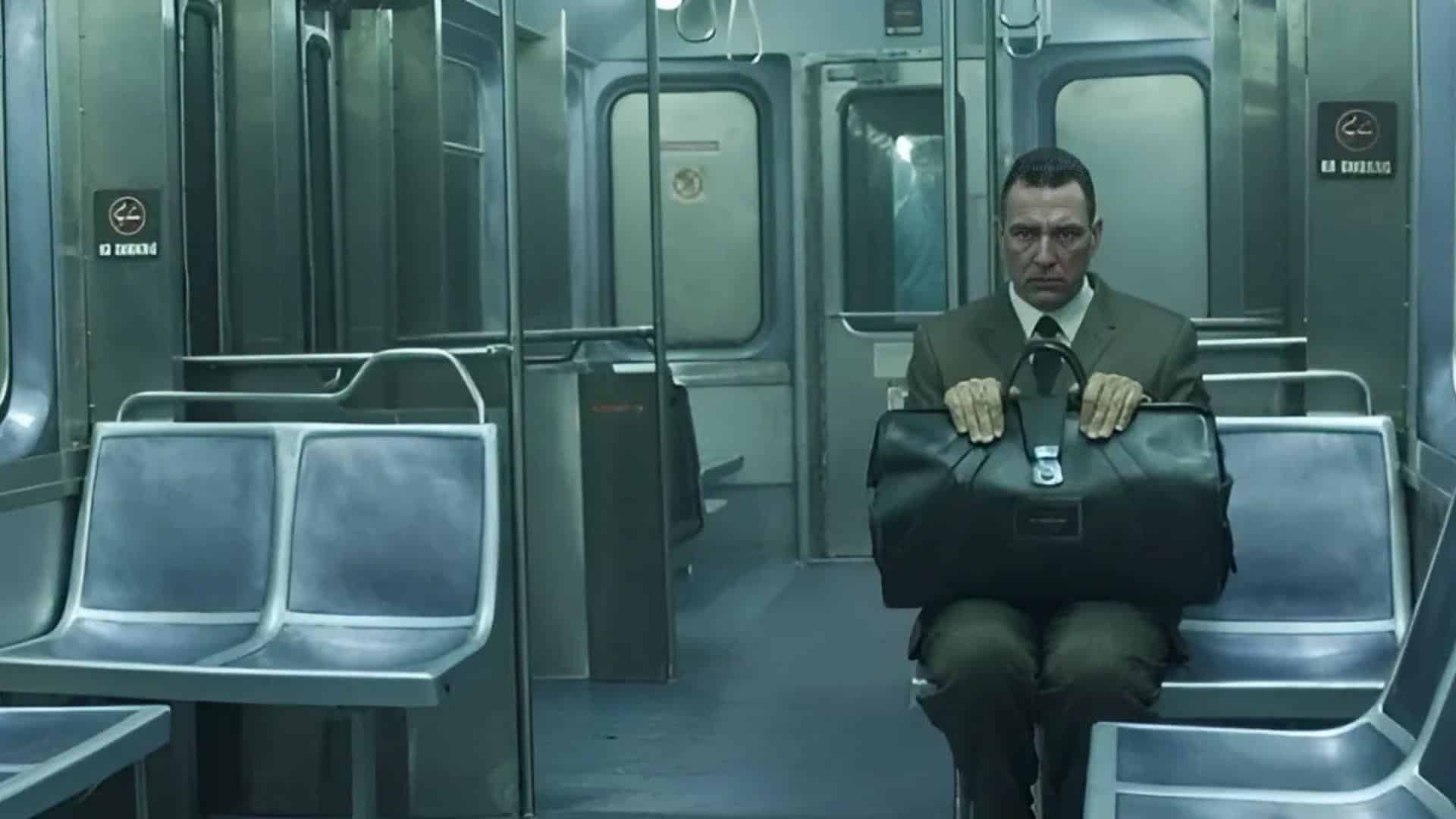
Bradley Cooper delivers a strong early-career performance as Leon, convincingly portraying his shift from an idealistic photographer to a darkened man.
His performance adds “charm and likability to the role,” serving as an emotional anchor as the film descends into madness.
Leslie Bibb effectively conveys the horror of watching someone spiral into obsession.
The standout is Vinnie Jones as Mahogany, delivering a “menacing and near-silent antagonist” who “steals every scene.”
With minimal dialogue, Jones creates a terrifying presence through physical performance alone.
The supporting cast, including Brooke Shields as the gallery owner, enriches the story with characters entangled in the horrific subway secret.
Visual and Technical Elements
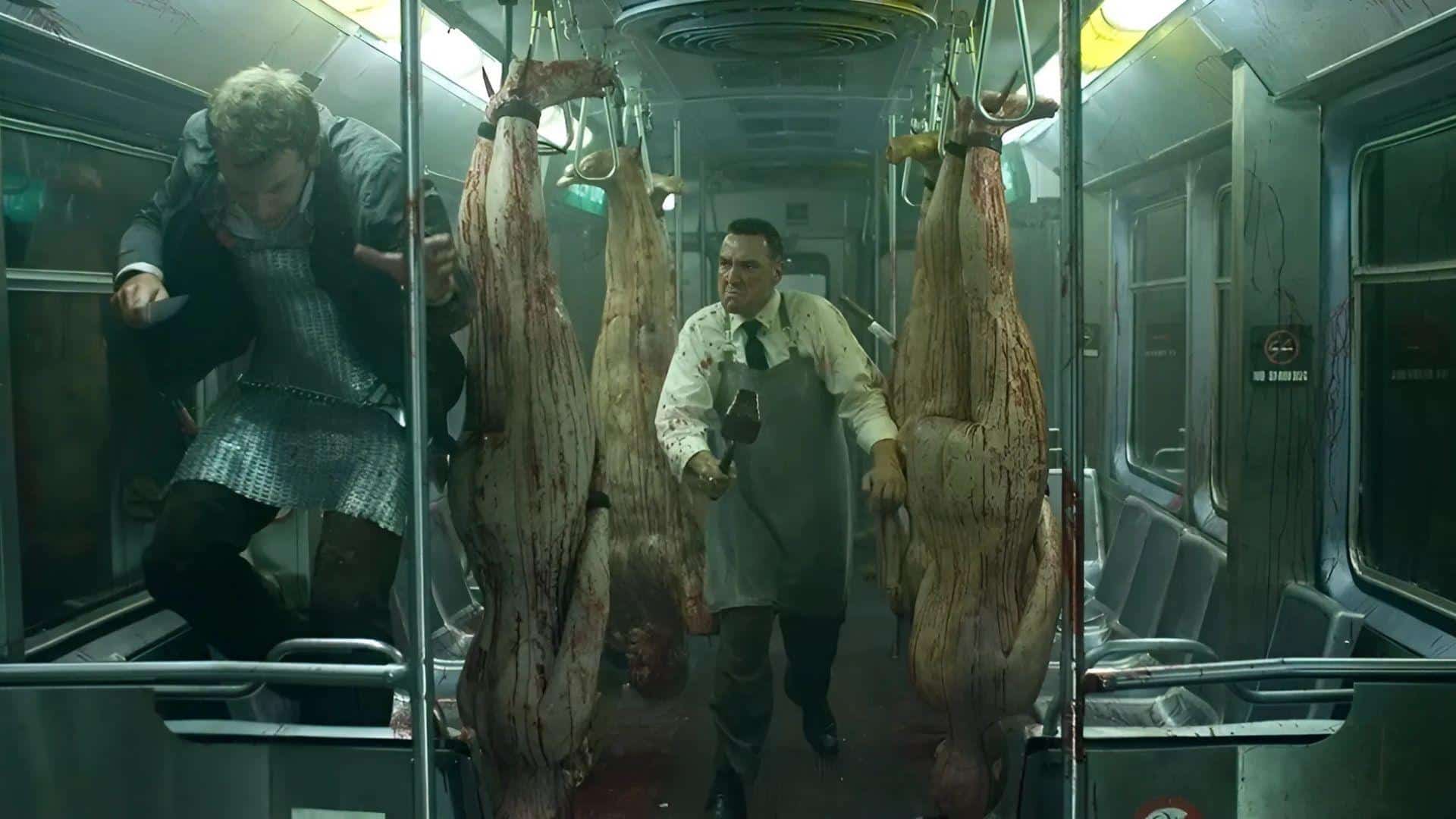
Ryuhei Kitamura brought his distinct visual style to his American debut, deliberately evoking ’80s horror classics like “Friday the 13th” and “Halloween.”
The film is “beautifully shot” with “nice atmosphere,” converting New York’s subway into a nightmare realm.
Jonathan Sela’s cinematography creates a claustrophobic feel that intensifies as the story descends into darkness.
The signature element is unflinching gore—”so thoroughly coated in over-the-top blood that even veteran genre fans will likely be astounded.”
Although some CGI shows age, practical effects deliver shocking moments, honoring Barker’s visceral material.
The sound design’s subway clanging creates an industrial soundscape, heightening mounting dread.
Book Vs. Movie
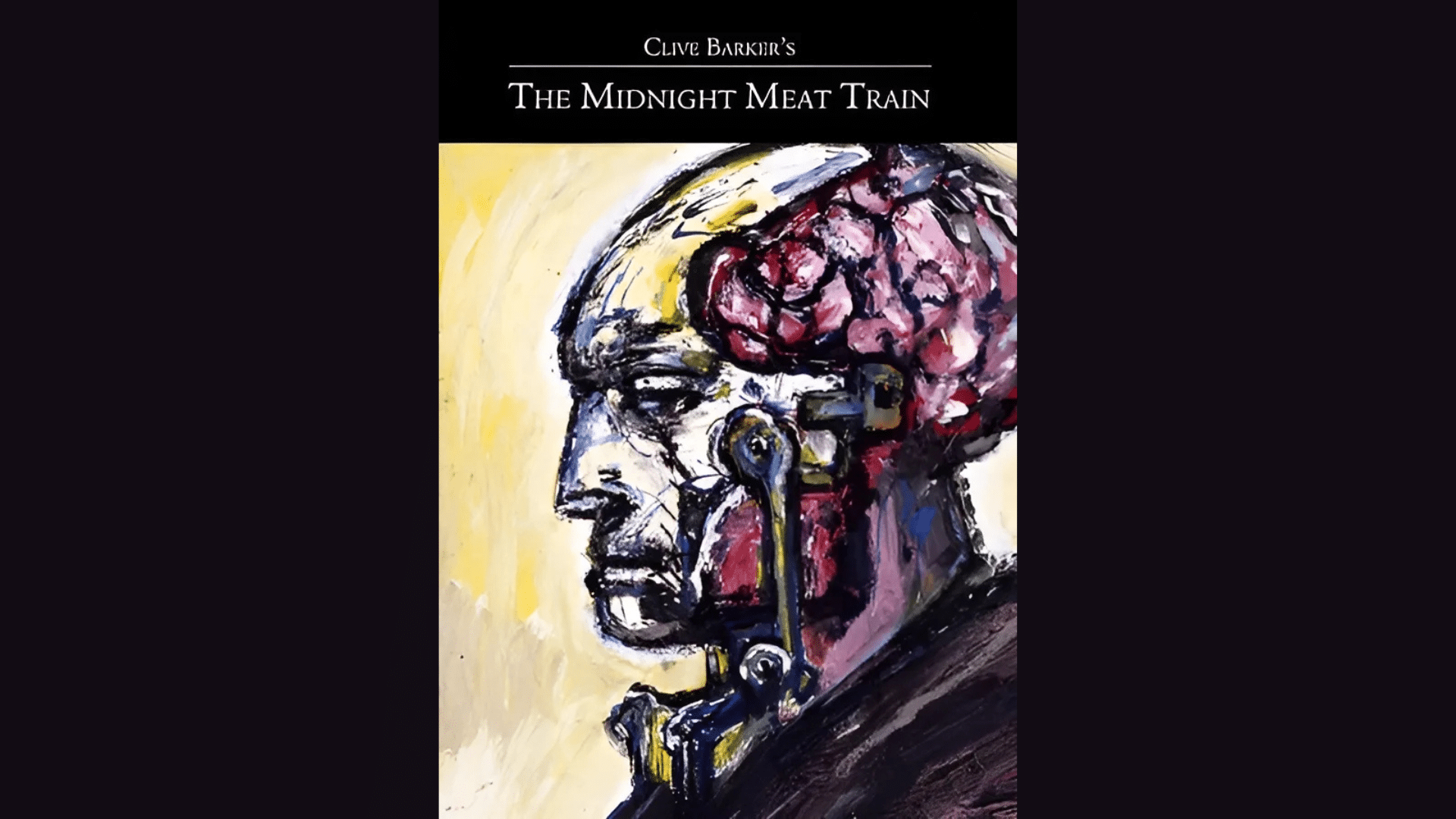
The film adaptation honors Barker’s short story while expanding it through Kitamura’s striking imagery.
The most significant change is that Leon evolves from an office worker to a photographer, thematically resonating as he captures the city’s horrors.
This adds “a unique layer,” showing Kaufman’s transition from “optimist focusing on beauty” to “seeing only darkness.”
Supporting characters help “flesh out” the narrative, making Leon “more sympathetic” as they witness his deteriorating state.
Though the ending differs from Barker’s cosmic horror conclusion, it preserves the spirit of the original’s revelation about what lurks beneath the city.
Themes and Storytelling
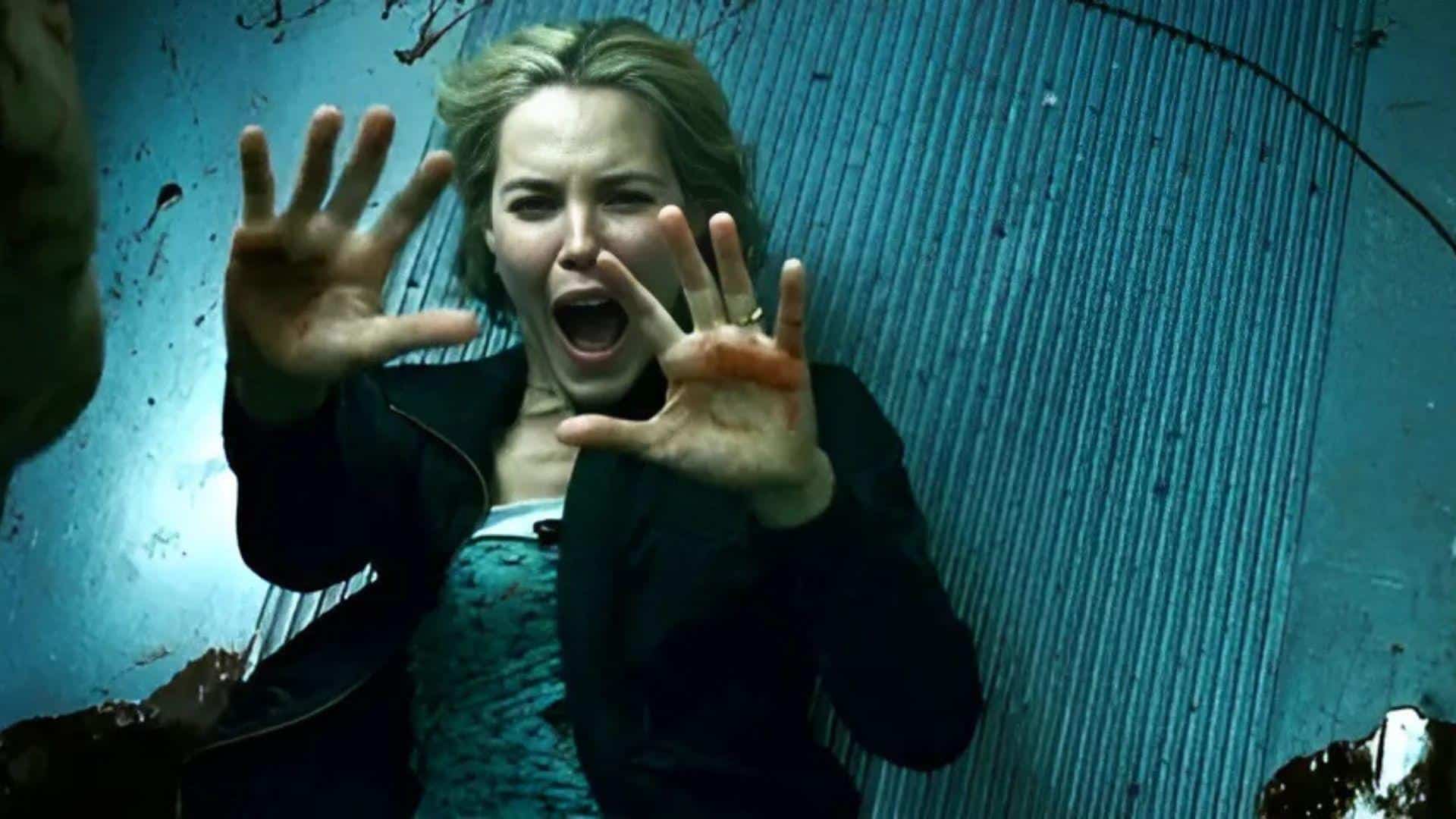
The Midnight Meat Train explores humanity’s infatuation with darkness and how obsession changes a person.
Leon’s artistic pursuit serves as a metaphor for how looking too deeply into horror irrevocably changes someone.
The film examines urban isolation, how individuals vanish in a crowded metropolis, critiquing society’s neglect of the marginalized.
As Barker noted, “What interests me are characters who confront the ordinary and find new meaning in the extraordinary.”
The film presents Leon’s expedition as a dark revelation rather than a simple horror.
The twist heightens it from a serial killer fare to cosmic horror, hinting at an ancient force beneath civilization, mirroring Leon’s transformation.
What Critics Say

On Rotten Tomatoes, 70% of critics gave positive reviews, with an average rating of 5.9 out of 10.
The consensus acknowledges it as “a creative and energetic adaptation” with potential to become a cult classic.
Critics praised Kitamura’s direction, visual style, and uncompromising approach to horror, highlighting the film’s atmosphere and risk-taking third act.
Some criticized excessive gore and CGI as distracting, noting the “lack of realism” might “frustrate viewers seeking a more grounded thriller.”
Despite these criticisms, many appreciated the film’s commitment to vision, elevating it above standard horror through cosmic elements and visual panache.
Limited release prevented wider audience appreciation.
Final Verdict and Recommendation
The Midnight Meat Train is one of the most successful Clive Barker adaptations, blending visceral horror with philosophical themes.
Beginning as one type of horror story, it becomes something far more disturbing and cosmic.
Rating: ★★★★☆
Kitamura’s stylish direction, combined with strong performances from Cooper and Jones, pushes it beyond standard genre fare.
This film rewards horror fans who enjoy intense gore and deeper themes.
Those who loved ‘Event Horizon’, ‘Hellraiser’, or ‘Lovecraft’ will appreciate the third-act revelations.
Though initially overlooked due to distribution issues, it has rightfully earned cult status.
For viewers with strong stomachs who enjoy horror that pushes conventional boundaries, this subway ride is definitely worthwhile.

